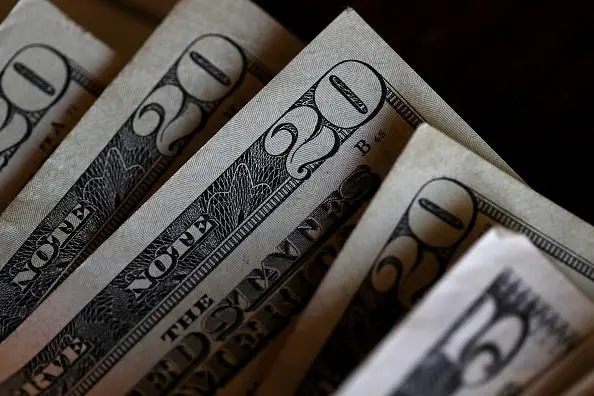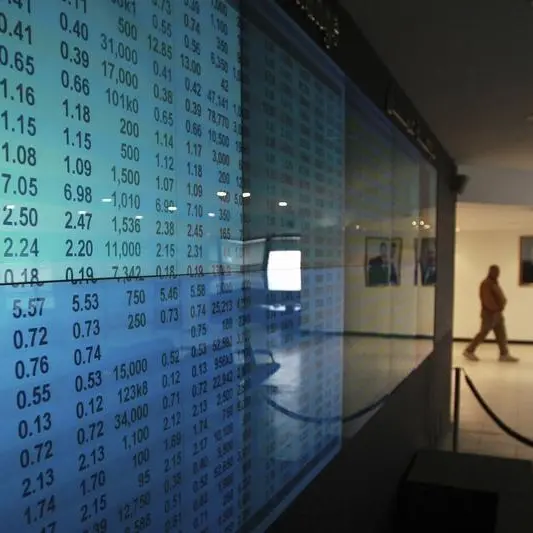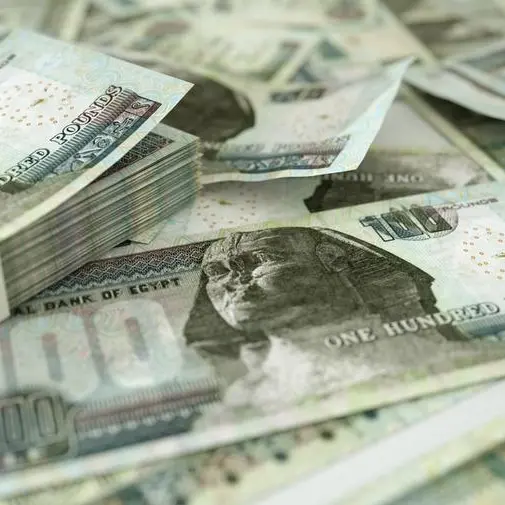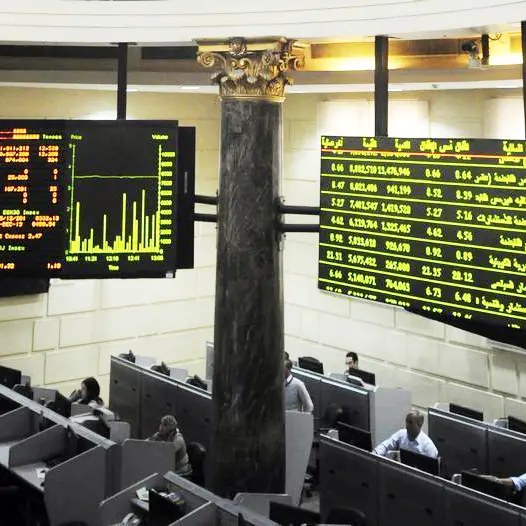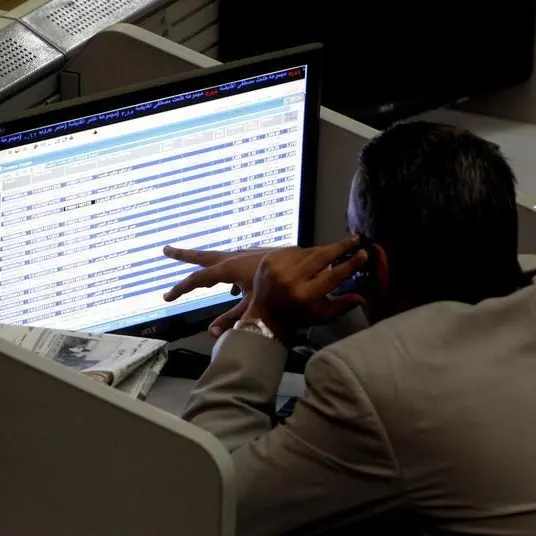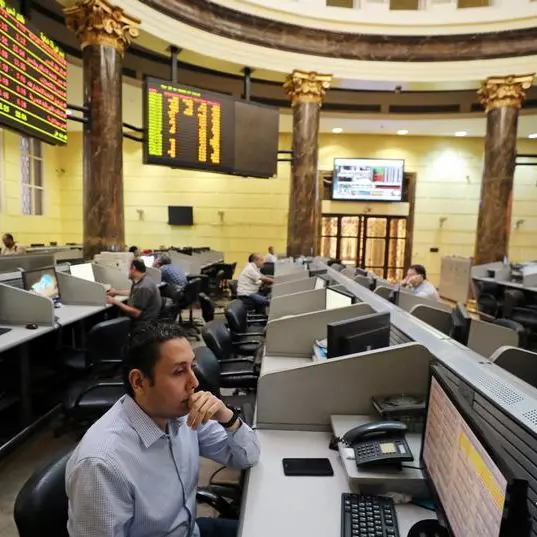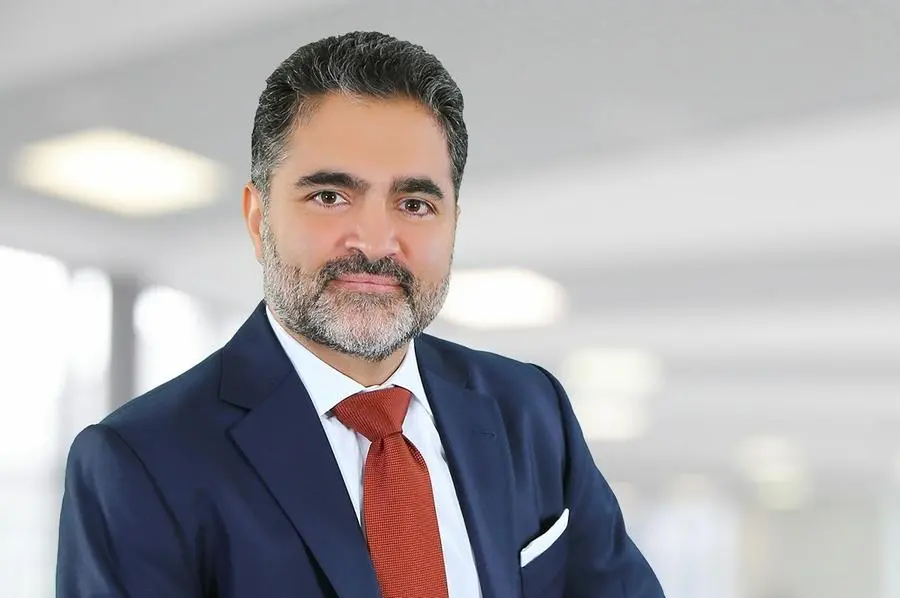PHOTO
Image used for illustrative purpose. In this Photo Illustration, Twenty and five dollar bills are displayed on August 29, 2017 in San Anselmo, California. Justin Sulliva
The global nature of modern capital markets allows investors to own securities in foreign markets, often denominated in foreign currencies. On the positive side, such cross-border investment is an opportunity to diversify and earn higher returns abroad, particularly during periods a when domestic market is showing signs of systemic weakness.
However, on the negative side, any gains made through appreciation of asset prices can be wiped out as a result of a change in the price of one currency relative to another. This is because the future cash return on your investment would be the return on the asset’s value, plus the rate at which it can be converted back into the home currency. If the foreign currency appreciates versus home currency, the value of an investment rises. However, if the foreign currency depreciates against the home currency, the value of an investment dips.
“Investment portfolios are diversified through asset class and geography. There is also diversification through currency exposure. Studies have shown that an optimal hedge ratio of 50 per cent is necessary to reduce volatility if we are only looking at a two-currency exposure,” said Professor Ted Stephenson, CFA, CFP, CPA, and a member of the CFA Society Emirates.
Let’s take an example of how currency risk impacts investment: If an investor is a resident of the United Arab Emirates and has invested $10,000 in a European fund denominated in euro and the fund increases in value by 10 percent, the returns made can vary hugely depending on currency movements.
- If the exchange rate between the euro and dollar (the UAE dirham is pegged to the United States dollar) is unchanged, the investment would be worth $11,000.
- If the dollar appreciates or strengthens versus the euro by 15 percent, the investment is worth $9,565. The fund still increases in value by 10 percent in euro terms, but converting back to the stronger dollar/dirham means it is worth less.
- If the dollar depreciates or weakens by 15 percent, the investment is now worth $12,941. This is because the stronger euro has increased the value of the money originally invested.
A cross-currency investor is often dismayed to find that the actual return on an investment that has appreciated can be negative, simply because the currency performance wiped out the gains. At other times, an investment that has gone into negative returns can still yield a profit because the currency conversion is positive. This also helps investors to keep an eye on currency movements and exit investments at the right time.
Simon Snelder, a Dubai-based personal finance advisor, pointed out that the emerging market currency crisis that developed on the back of a strengthening U.S. dollar last year meant investments in some markets were likely to have turned sour even if a specific company or stock performed well.
“For example, if you invested $100,000 in Turkish lira in 2015 and needed that money back in 2018 in USD, you would have a major problem,” he said. Over the course of 2018, the Turkish lira declined in value by 28 percent against the U.S. dollar. “On the other hand, if you invest in Turkish lira in 2018 and wait till 2028, you might have a bargain.”
How to mitigate currency risk
Invest in countries whose currencies are pegged to the dollar: The UAE dirham and the Saudi riyal are pegged to the U.S. dollar, as are many other currencies across the world. This means the value of the UAE dirham in the international market rises and falls along with the dollar. Therefore, by investing in countries which have currencies pegged to the dollar, the pitfalls of currency risk may be safely ignored.
Invest in countries with strong, buoyant currencies: Another strategy would be to invest in countries that have potentially strong, but currently undervalued, currencies. Do careful research on the factors that affect a country’s exchange rates, including interest and inflation rates, current account deficit, government debt and fiscal balance, political stability, and robustness.
Hedge foreign assets in your portfolio: To offset potential losses arising from adverse price movements of a currency, investors hedge one investment by taking an equal and opposite position in another.
There are two ways to do this. The easiest way to protect foreign investments against currency risk is to invest in mutual funds or exchange-traded funds that track international indices but use instruments like futures and options to hedge against the impact of currency fluctuations. However, such funds charge high management fees and the performance of the funds may be relatively poor.
The other way is for investors to hedge against currency risk themselves.
A popular method is the forward contract. This is an agreement to buy or sell a certain amount of a currency for another (a currency pair) at a specified exchange rate at a specified future date. This is the most common form of hedging and helps investors manage the risk by effectively locking in the exchange rate for a future transaction.
Another is the option contract that allows an investor the option to buy or sell currencies at a pre-determined exchange rate for a pre-determined period of time.
However, investors need to make sure they have a proper understanding of derivative products like futures, forwards and options as these are often leveraged products, where small movements in pricing can lead to substantial gains or losses. And even if they do plan to manage their own hedging strategies, they still need to buy instruments from a broker, which will eat into portfolio returns.
One final note of caution is on foreign bonds. While a steady stream of solid interest income from a non-dollar denominated foreign bond sounds attractive and may fit well with a strategy of diversifying returns, they can be problematic.
Bonds, like all fixed-income investments, are extremely vulnerable to currency fluctuations since their modest returns often do not offset foreign exchange losses. Investors may need to hold a large and diverse bond portfolio to be able to smooth out the risk-return profile.
(Reporting by Yazad Darasha; Editing by Michael Fahy)
(michael.fahy@refinitiv.com)
Our Standards: The Thomson Reuters Trust Principles
Disclaimer: This article is provided for informational purposes only. The content does not provide tax, legal or investment advice or opinion regarding the suitability, value or profitability of any particular security, portfolio or investment strategy. Read our full disclaimer policy here.
© ZAWYA 2019